Shrink to fit, 2001
Combined internet and photo piece
Contribution for "Shrink to fit" X-cult, Basel

Arthur Kroker once warned us of the "will to virtuality." Karl Marx's
famous line from the communist manifesto "all that is solid melts into air"
was stock in trade of the post-modern critic for the better part of the
last decade. Gilder, on the other side of the political spectrum, declared
the "overthrow of matter" the most significant event of the 20th century.
Atoms seemed so passé. Early on net.art also ventured into the realm of pure
virtuality, letting loose, and getting lost in, the mirror cabinets and shadow
worlds of code. Leading the way into infinite loops and labyrinths was the
fearless crew of jodi.org. Another explorer, Vuk Cosic, evaporated the entire
history of art into ASCII, or at least he showed how it could be done by anyone
sufficiently interested in comprehensiveness. This was netculture's heroic
period, indeed.
A few years and few sobering experiences later, our path into cyberspace
no longer seems a one way street. Despite uncounted, uncountable hours
immersed in the electronic data flows we have not left the body behind, rather,
we acquired repetitive strain injuries in our wrists and elbows and a heightened
sensitivity for the quality gradings of office furniture.
There is now, one could say, a renewed appreciation of materiality.
However, this is not a simple return to the status quo ante. Materiality and
virtuality are forever intertwined. Day and night, dreaming and waking. One
mirrors the other. Two halves that make one whole, sometimes less, sometimes
more. The Internet is not the terminal point of an ever increasing virtuality,
but an interface to people and things. Like any interface, it has a life of
its own but one that would be meaningless without that which it connects.
The Internet is a space and, like physical space, it is all about connections,
a connections, though, that is organized not geographically but logically.
Holger Friese's contribution to the Shrink-to-Fit project is a patchwork
of different connectivities. The game plan is simple enough. Friese downloads
4 compressed files to the user's hard disk. Once uncompressed, they turn out
to be four artist portraits from a gallery located somewhere online, close-by,
the pro-verbal "only one click away". Logic space at its best, quite normal
these days. But that's not the end, it's the beginning. The files can be rematerialized
thanks to a commercial service that prints photo-files onto paper. Here the
virtual and the physical meet closely. The service is one click away, but
a few days later, a real postman rings at your front door, hopefully not too
early in the morning. However, the physical invades the logical space in the
form of fine print. The service is only available in Austria, Germany, Switzerland
and Denmark, carving out some arbitrary geographic unit. Moving deeper into
domain of the physical, we can also order a frame for our portraits, one that
is numbered and signed by Friese himself. However, for the artist's Midas
touch to work turning a simple frame into unique work of art we have to
buy the frame where Friese, who lives in Berlin, can actually touch it.
We have come full circle. What started out as anonymous, infinitely
repeatable, compressed data-download, hangs now on the wall in our living
room, sporting a unique serial number and a signature. It's almost like in
the old times, when art meant physical object made by an artist, if it wasn't
for the heavy pixelation of the print, a reminder of its ever constituent
virtuality.
<end>
Felix Stalder
"Shrink to fit" was project on X-cult.ch.
Shrink to fit homepages:
http://www.shrink.li/shrink/art/friese/index_e.html
(english)
http://www.shrink.li/shrink/art/friese/index_d.html
(deutsch)
(or use the flash object at top of page)
Gallerie Huberti website
Delivered Images
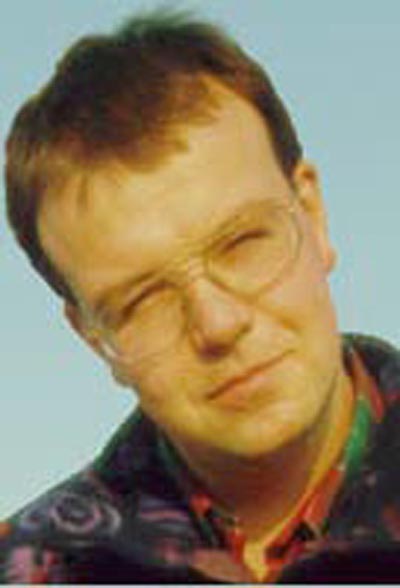
Portrait artist Roland Herbold
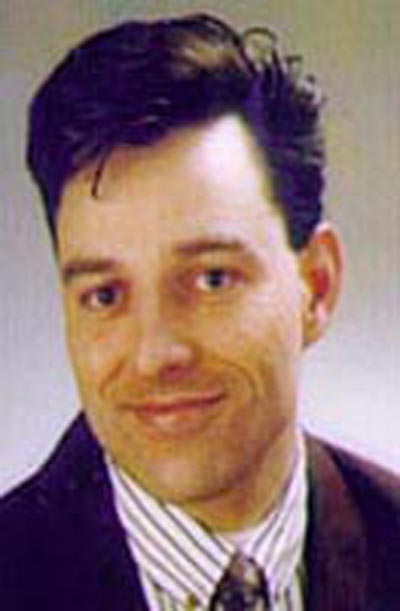
Portrait artist Carsten Fromm
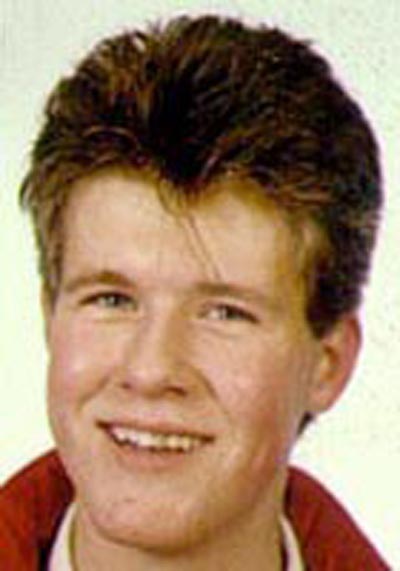
Portrait artist Francoires Legrand
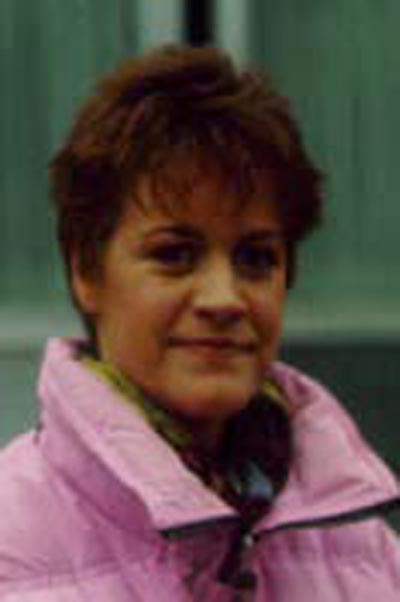
Portrait artist Erika Wörndl
Frame for Portraits
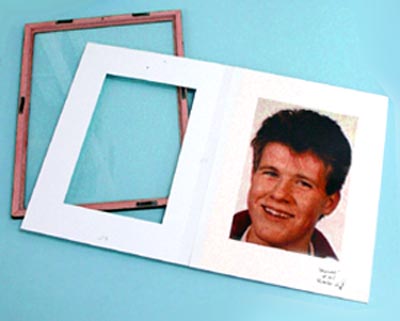
Holger Friese, 1994 - 2008